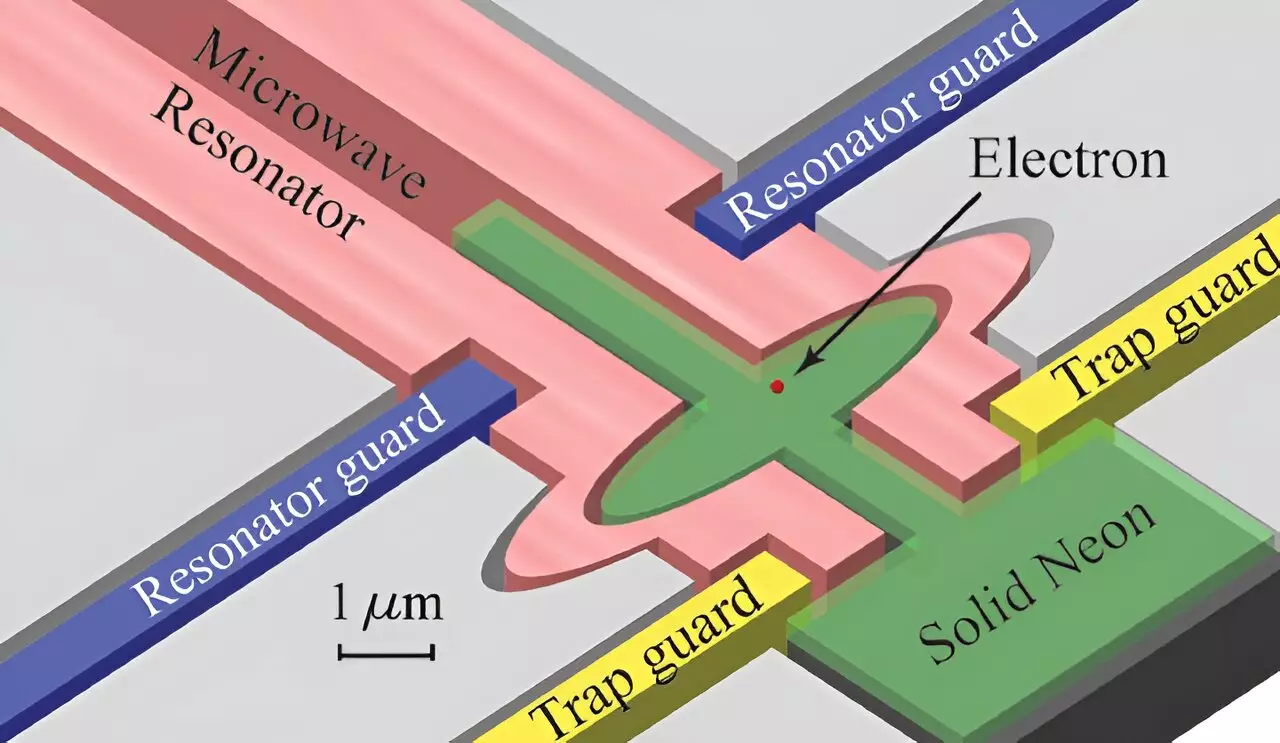Quantum computers are considered to be revolutionary tools due to their ability to perform calculations much faster than classical computers. One of the key components required for an effective quantum computer is a reliable quantum bit, or qubit, that can exist in a simultaneous 0 or 1 state for an extended period of time known as its coherence time.
A promising approach to creating reliable qubits is trapping a single electron on a solid neon surface, known as an electron-on-solid-neon qubit. A recent study led by FAMU-FSU College of Engineering Professor Wei Guo provides new insights into the quantum state of electrons on such a qubit, which can be crucial for advancing this technology.
The study found that small bumps on the solid neon surface can naturally bind electrons, creating ring-shaped quantum states. These quantum states refer to various properties of the electron, such as position and momentum, before measurement. When the bumps are a specific size, the electron’s transition energy aligns with the energy of microwave photons, allowing for controlled manipulation essential for quantum computing.
Previous research has demonstrated that electron-on-solid-neon qubits have coherence times as long as 0.1 millisecond, significantly longer than conventional qubits based on semiconductors or superconductors. The extended coherence time of these qubits can be attributed to the inertness and purity of solid neon, addressing issues such as liquid surface vibrations that are prevalent in other qubit systems.
A crucial aspect of optimizing electron-on-solid-neon qubits is the design of smooth surfaces with strategically placed bumps that aid in trapping electrons. By controlling the injection temperatures and pressure of neon, researchers can enhance the precision of qubit manufacturing and move closer to developing quantum computers capable of solving complex calculations.
The research conducted by Wei Guo and his team sheds light on the potential of electron-on-solid-neon qubits for quantum computing. By understanding the electron-trapping mechanism and optimizing qubit design, researchers can further enhance the performance of these qubits and advance the field of quantum computing. Collaboration and continued research in this area will be essential for unlocking the full potential of quantum computers in solving challenging problems.


Leave a Reply